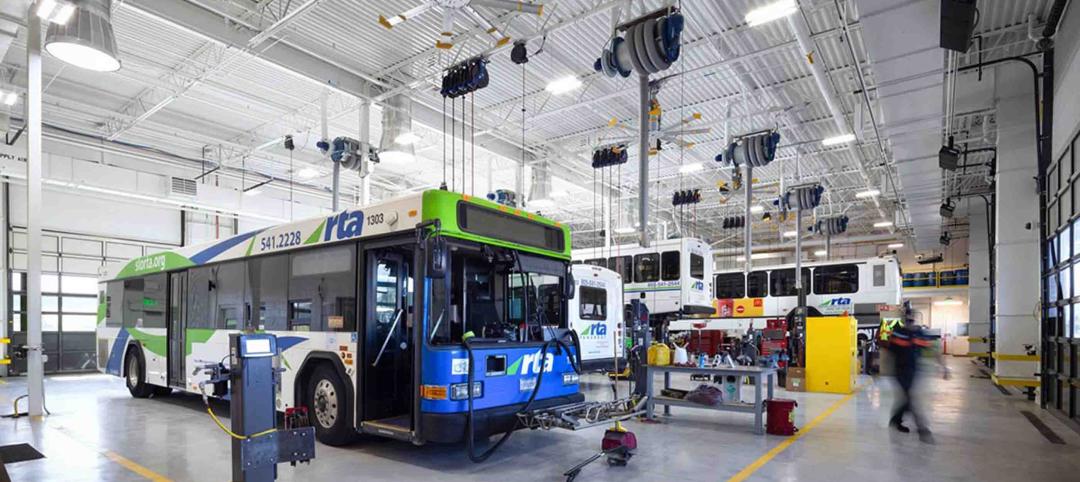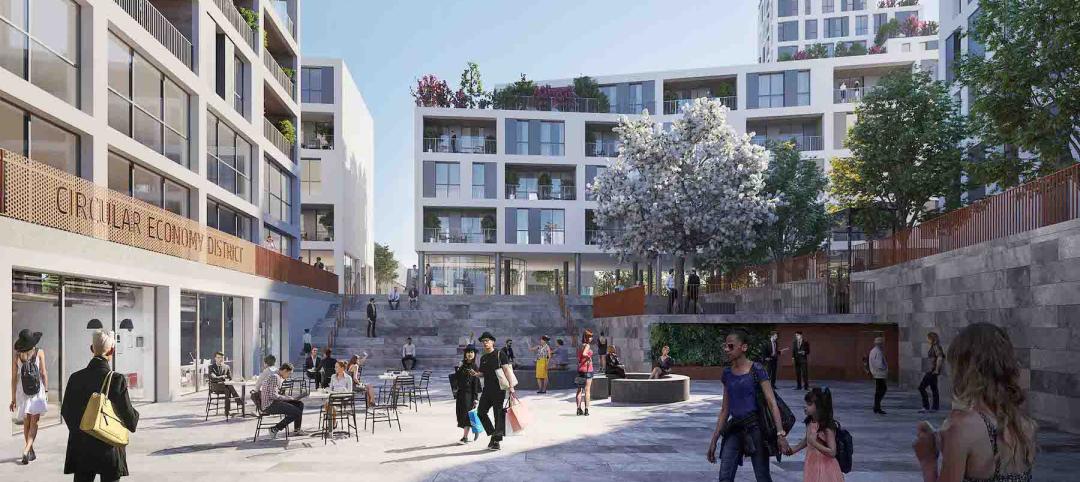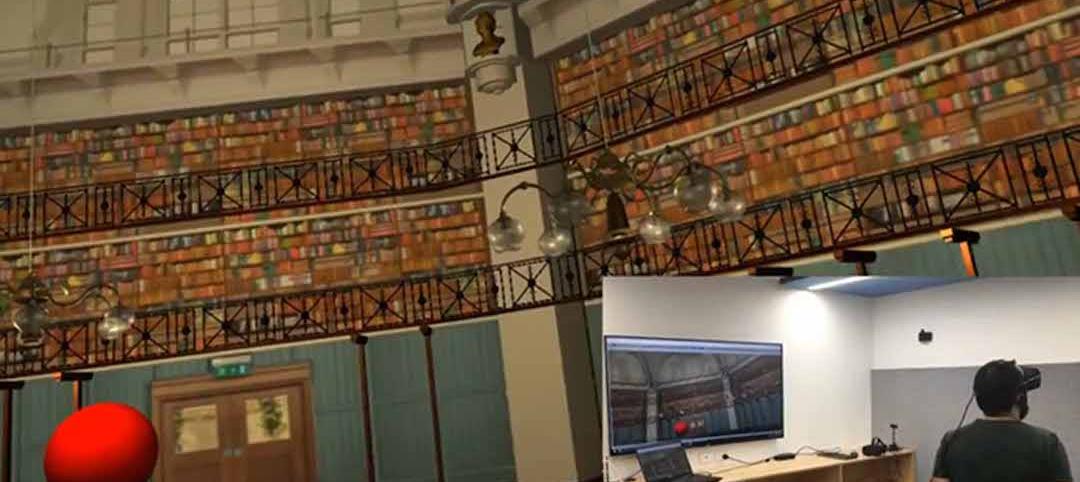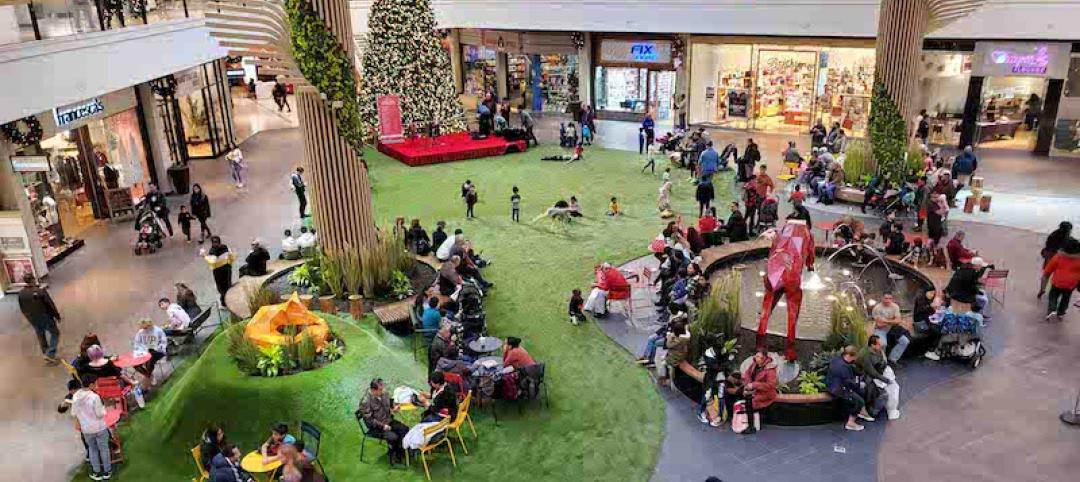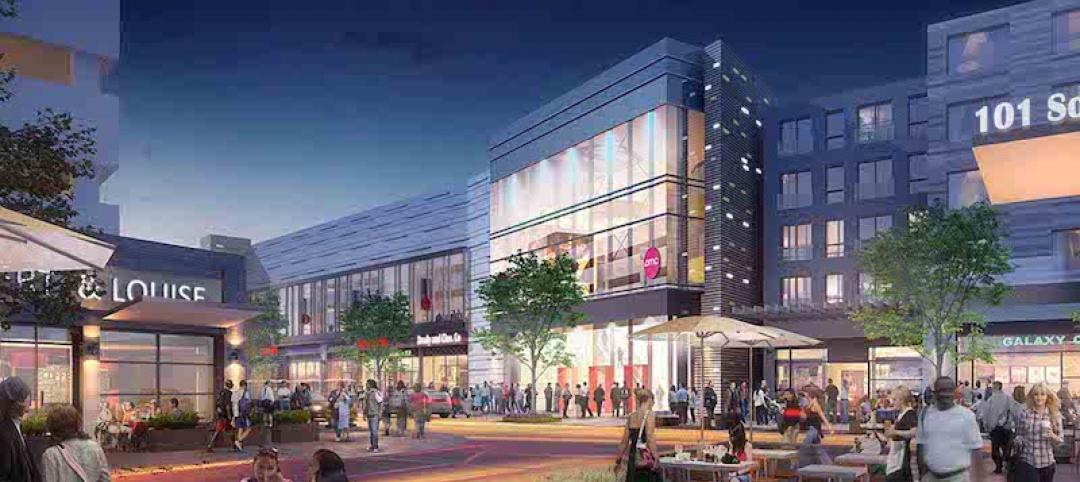Despite recent headlines debating the benefits or disadvantages of the open-plan office, collaborative workplace designs—with open-plan layouts, minimal to no individual office space, and, in some cases, unassigned seating—will continue to be the design choice of the future, with some well-informed adjustments.
Call it ‘open plan 2.0.’
There’s a new wave of office design emerging that is better tailored for individual work styles and collaboration needs. This shift follows the initial pushback of the open-plan craze that rolled in quickly, pulling offices and larger workstations out and dropping bench seating in its place.
The open plan of the future now looks beyond the personal footprint to make sure individual work areas are married seamlessly with the surrounding spaces and overall environment to create an authentic sense of community and culture that embraces different types of work styles. Between generational shifts—bringing new preferences on how an office should look and feel—and technology advances—allowing folks to literally work from anywhere—companies are challenged more than ever to create a space that draws employees in, nurtures a sense of community, and supports collaboration.
Areas for quiet work and group collaboration (as shown at this space in Boston) define open-plan 2.0 design and allow for employees to customize their work space for their needs.
Because of that, co-working spaces, flexible cafes, and private phone booths have become critical elements to balance an open-plan environment and ensure that employees have a place to go for the various types of work that any typical day could call for—from quiet focused alone time to group brainstorming.
Considering the initial pushback to open offices, it’s no surprise that a company’s decision to move to an open environment can be met with apprehension. Our workplace design teams have employed several tactics to help ease companies into the open plan 2.0 world and ensure employees aren’t just excited about the change but are feeling a sense of ownership and pride.
The importance of studying
Before taking on any office design change, it’s important to assess current work conditions, employee workplace practices, and areas for improvement to best inform programming for the new space.
We encourage that companies share a preoccupancy survey with employees to gain a better understanding of needs, pain points, and wish list items. Using an online survey tool like SurveyMonkey, we use this survey to gauge how people feel in their current space, so we can identify areas that people are not comfortable with or feel like could be better. Questions focus on elements like personal space and adjacencies, temperature control, light levels, comfort, and productivity within the office space. A lot of times, it’s the lack of meeting room space that we hear loud and clear. Feedback like this helps us gauge programmatic needs and prepare group design workshops as an additional planning tool.
Communication, collaboration, and preparation can help companies prepare teams for the open-plan 2.0 world, as shown at Institute for Healthcare Improvement in Boston.
Additionally, we host program meetings where we meet with the head of each department, or a representative from each department, to extract more of the quantitative needs for each group and help account for that within the design. This also allows us to strategically pair all-staff feedback with the goal and vision for each group as a company continues to grow within this space.
Group design workshops
Once the initial workplace analysis and high-level strategy is understood, we lead design workshops where employees are encouraged to shape a vision around the new space. We focus on areas like culture and community, personal space, meeting space, and other programmatic needs that they feel would support the productivity of their work.
The group design workshops are an important step in the design process as it allows for a true cross-section of employees, who are all interacting with the office space in different ways, to better inform the feedback from the preoccupancy survey and further define leadership objectives.
For example, when working with the Institute for Healthcare Improvement (IHI), a Boston-based not-for-profit organization that works with health care professionals, the leadership team very much embraced a collaborative process, wanting to make sure we were designing to meet everybody’s needs. As a result, IHI identified a diverse cross section of employees—about 10% of their staff—to participate with very few senior leaders included. This grouping was successful as it allowed us to understand various viewpoints, work styles, and department needs on a personal level.
How to select the ideal design workshop group? We advise against having only executive committees making these decisions and favor a range of staff—various departments, levels, and ages. Especially as we’re seeing younger generations growing into leadership positions, it’s important to engage those who’ll be rising into new roles (and growing along with the office design) within the duration of a typical 10-year lease. The number of participants is also important—too many makes it difficult to ensure all are heard, not enough doesn’t provide diverse feedback.
Collaborative feedback during the design process for IHI’s new space in Boston helped define various work areas that accommodate different work styles.
Make it personal
While we want the overall office environment to feel cohesive, there are opportunities for different departments to infuse the design with elements of personalization. Through a leadership committee involving representatives from each department, we host design meetings where we walk through the design evolution, from precedent imagery, to schematic designs, to 3D renderings. This is also a time when departments can define furniture configurations based on their unique needs or preferences and select certain finishes and pieces based on the package selected.
One aspect that was very impactful during our design of the Boston offices for a top university was early partnership with a furniture designer who was able to show a live 3D model where department representatives could apply specific finishes, select furniture, and navigate the model. By giving employees an early preview of the space, and a sense of ownership early on, a great deal of excitement was established around the new space. Also, by providing a sense of how their own individual space was going to come together, the element of the unknown—and the associated fear of change—was removed. They felt like an integral part of the change that was coming their way.
IHI took another approach with employee engagement by hosting an all-staff scavenger hunt before their move, allowing employees to preview the new office, feel more comfortable with the new space, and get to know the new neighborhood. With a move from Harvard Square in Cambridge, Massachusetts, to Boston, IHI leaders wanted to make sure the team was at ease with the new commute and the surrounding area. By getting people into the neighborhood, and getting them excited about the new space, there was a greater comfort level and eagerness around move-in day.
Tactics like setting up an employee culture committee allows office design conversations to continue after move-in to ensure a new space supports the office and employee needs for the long-term.
Post-occupancy
Once employees are moved in, we’ll share an all-staff post-occupancy survey 6 to 12 months after move-in using similar questions as the preoccupancy survey to create benchmarking data and determine where employees feel the new space is in comparison to where they were before. We’ve identified this milestone as the appropriate amount of time for people to adjust to the space and be able to articulate what still might not be working for them, or what might be working well.
At the university, employees formed a culture committee after move-in to continue the conversation around office design. Monthly, this group discusses how departments are acclimating, how the space is working, what spaces are well used, and what spaces aren’t. With a routine meeting and open communication set-up, employees can live in the space a little bit more, address any early challenges, and determine what initial perceived issues may work themselves out over time.
This feedback, along with the post-occupancy survey will allow us to determine if there’s anything we can do further to help improve the space and ease the stress of a new environment.
Through an integrated design process of collaboration and diverse employee involvement, companies (and designers) can ensure a shift to open plan 2.0 supports leadership goals and meets most employee needs.
More from Author
Stantec | Mar 18, 2024
A modular construction solution to the mental healthcare crisis
Maria Ionescu, Senior Medical Planner, Stantec, shares a tested solution for the overburdened emergency department: Modular hub-and-spoke design.
Stantec | Nov 20, 2023
8 strategies for multifamily passive house design projects
Stantec's Brett Lambert, Principal of Architecture and Passive House Certified Consultant, uses the Northland Newton Development project to guide designers with eight tips for designing multifamily passive house projects.
Stantec | Apr 10, 2023
Implementing human-centric design in operations and maintenance facilities
Stantec's Ryan Odell suggests using the human experience to advance OMSF design that puts a focus on wellness and efficiency.
Stantec | Jul 6, 2022
5 approaches to a net zero strategy that communities can start right now
Whether your community has started on a plan or is still considering net zero, now is the time for all of us to start seriously addressing climate change.
Stantec | Feb 14, 2022
5 steps to remake suburbs into green communities where people want to live, work, and play
Stantec's John Bachmann offers proven tactic for retrofitting communities for success in the post-COVID era.
Stantec | Feb 8, 2022
How gaming technology is changing the way we design for acoustics
Adding 3D sound from gaming engines to VR allows designers to represent accurate acoustic conditions to clients during design.
Stantec | Dec 15, 2021
EV is the bridge to transit’s AV revolution—and now is the time to start building it
Thinking holistically about a technology-enabled customer experience will make transit a mode of choice for more people.
Stantec | Sep 3, 2021
Passports to a net-zero carbon future
How materials passports can help designers achieve social value and net-zero carbon.
Stantec | Aug 25, 2021
The mall of the future: Less retail, more content
For the mall to survive, it will need to embrace nontraditional uses and “messy vitality.” Here’s how to do it.
Stantec | May 21, 2021
Kick-starting the rebirth of North America’s malls
Our outdated malls can be remade for a renaissance. Here’s how to get started.




